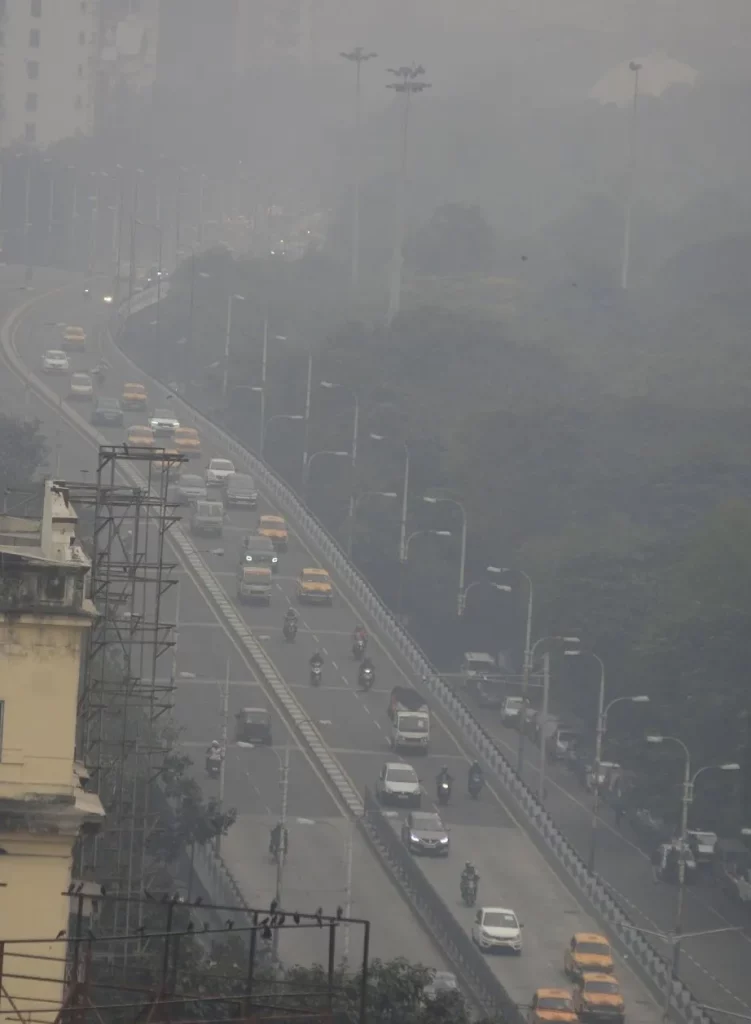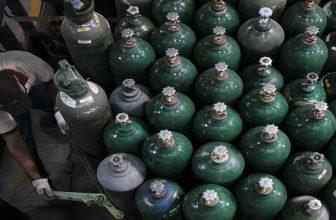Understanding Delhi Air Pollution Crisis: Buildings, Air Quality Index, and Contributing Factors
Delhi’s persistent struggle with air pollution has been making headlines, with the air quality index (AQI) hitting alarming levels. While various factors contribute to this crisis, buildings emerge as a significant contributor, accounting for nearly 70% of the pollution, according to the World Health Organization.
Buildings and Pollution:
Recent data from the National Air Quality Index, maintained by the Central Pollution Control Board (CPCB), indicates a severe air quality situation in Delhi. The AQI reached 362 on October 28, with subsequent days witnessing even higher levels, pushing areas like Ghaziabad to the ‘very severe’ category.
Weather Conditions and Air Quality:
The System of Air Quality and Weather Forecasting and Research (SAFAR) predicts that Delhi’s air quality will remain cleaner due to faster wind speeds aiding pollutant dispersal. However, the impact of weather conditions on pollution is substantial, as seen in the analysis of PM 2.5 levels before and after Diwali.

Government Action and Gaps:

Two key strategies, the Graded Response Action Plan (GRAP) and the Comprehensive Action Plan for Air Pollution Control in Delhi and NCR, aim to tackle air pollution. However, challenges exist, including the delayed data release by the National Crime Records Bureau and gaps in controlling fugitive emissions from construction.
Current Air Quality Status:
As of November 16, 2023, Delhi’s AQI remains ‘severe,’ with readings touching 430 in Anand Vihar, 417 in RK Puram, 423 in Punjabi Bagh, and 428 in Jahangirpuri. The situation has led to temporary measures, such as water sprinkling in 13 hot spots by the Delhi Fire Services.
Stubble Burning and Other Contributors:
Stubble burning in Punjab has added to Delhi’s pollution crisis, with incidents crossing 30,000 in two months. The contribution of different sources, including vehicular emissions and biomass burning, is estimated through the Decision Support System (DSS).
Health Impacts and Political Dimensions:

The health hazards of breathing polluted air are severe, with prolonged exposure leading to respiratory problems. The political landscape has also become entwined with pollution, with blame games between the BJP and AAP, impacting effective decision-making.
Individual Measures and Lifestyle Changes:
While government actions are crucial, individual measures cannot be overlooked. Initiatives like reducing reliance on diesel vehicles, promoting green construction practices, and stricter enforcement of anti-pollution measures can contribute to a comprehensive solution.

Conclusion:
Delhi’s battle against pollution requires a multifaceted approach, addressing building-related emissions, enforcing stringent anti-pollution measures, and promoting sustainable practices. Collaboration between governments, citizens, and environmental experts is essential to mitigate the immediate crisis and work towards a cleaner, healthier future for Delhi.

SINICON SAND CASE STUDIES

PCI LAB REPORT
Tags: Air quality index in DelhiBuilding emissions and pollutionCauses of air pollution in DelhiDelhi AQI statusDelhi pollution crisisGovernment measures for air qualityHealth effects of breathing polluted airIndividual actions to reduce pollutionPolitical implications of air pollutionStubble burning impact on Delhi air





